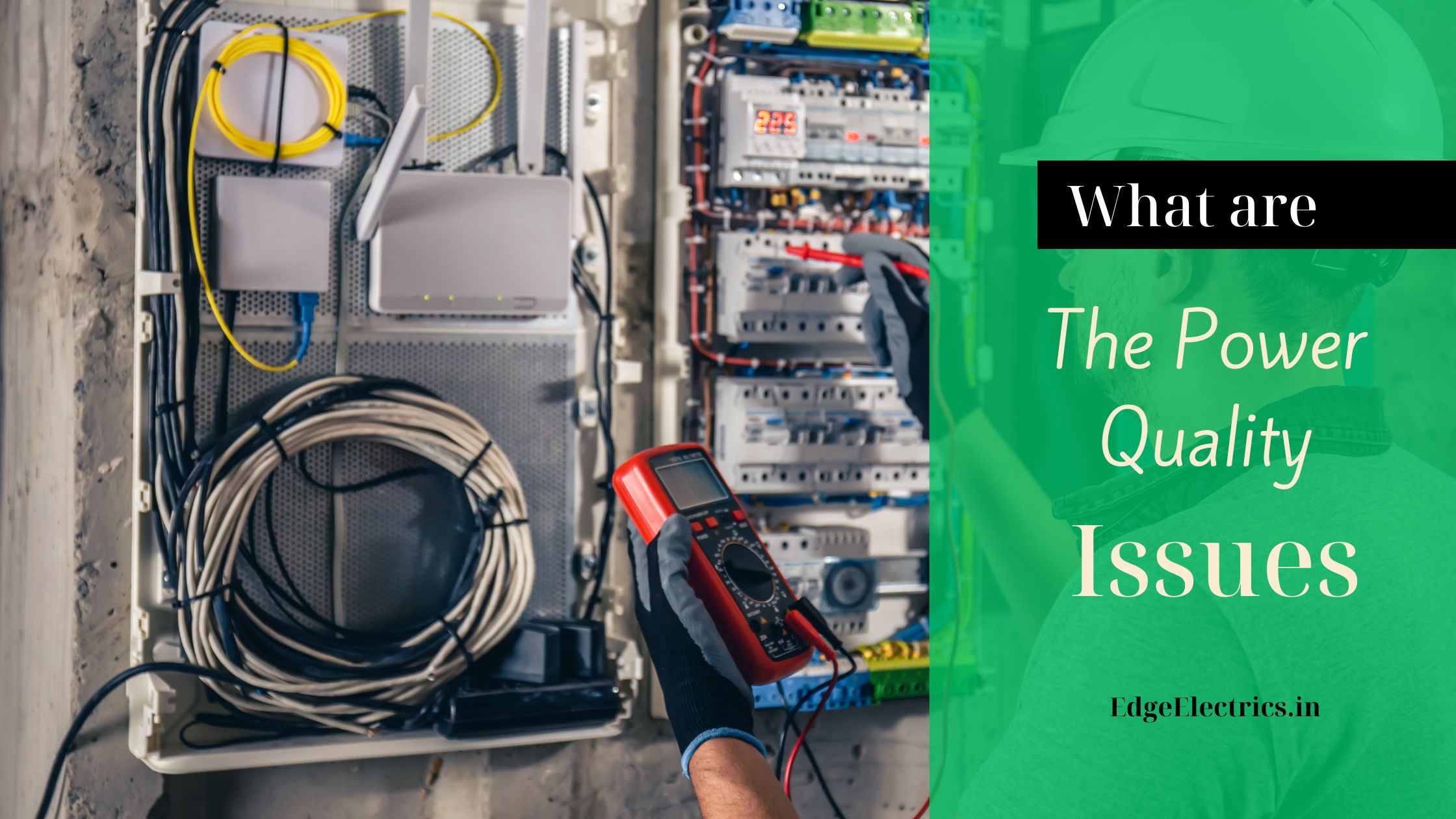
Power quality (PQ) analysis is a critical process in confirming that electrical systems operate efficiently and reliably. Poor power quality can cause equipment malfunctions, lowered efficiency, enhanced maintenance costs, and even system failures. Understanding the key parameters of power quality analysis is important for diagnosing issues, developing performance, and making sure safety. Below, we explore the main parameters of power quality analysis in electrical systems.
Parameters of Power Quality Analysis
1. Voltage Variations
Voltage variations are sags, swells, interruptions, flicker, and overvoltage, affecting equipment performance and power quality. These variations can influence the performance of electrical equipment, leading to operational inefficiencies or damage. Key types of voltage variations include:
- Overvoltage: When the voltage exceeds the acceptable range.
- Undervoltage: When the voltage is lower than the required level.
- Voltage Sags (Dips): Short-term reductions in voltage, typically lasting from milliseconds to a few seconds, often caused by high startup currents or system faults.
- Voltage Swells: Short-term increases in voltage.
Maintaining voltage within specified tolerances ensures equipment reliability and longevity.
2. Harmonics
Harmonics are distortions in the waveform of electrical currents and voltages, caused by non-linear loads such as variable speed drives, computers, and LED lighting. Harmonic distortion can cause overheating, equipment failure, increased energy losses, and interference with communication systems.
Harmonics are typically determined as a percentage of Total Harmonic Distortion (THD). A higher THD indicates a more significant deviation from the ideal sinusoidal waveform.
3. Power Factor
Power factor (PF) is the ratio of real power (kW). It used by the system to the apparent power (kVA) supplied. A lower power factor indicates inefficiency. Means that more current is needed to deliver the same amount of useful power. Poor power factor can lead to enhanced demand charges from utilities, energy waste, and overheating of equipment.
Improving the power factor, often through the installation of capacitors or power factor correction devices, can decrease losses and improve system efficiency.
4. Frequency Deviations
Electrical systems are designed to operate at a specific frequency. Typically 50 Hz or 60 Hz, depending on the region. Deviations from the nominal frequency can lead to mechanical stress on rotating machines, inefficient power transmission, and operational issues in sensitive equipment.
Frequency stability is crucial in ensuring synchronisation and proper functioning of both generation and load systems.
5. Flicker
Flicker refers to rapid fluctuations in voltage that lead to noticeable light flickering. It is often caused by variable loads like welding equipment, motors, or large industrial machines. While flicker may not cause significant harm to equipment, it can be an annoyance and indicate underlying power quality issues.
The flicker severity is usually measured using international standards such as IEC 61000-4-15. Which quantify the frequency and magnitude of voltage changes.
6. Transients
Transients are short-duration, high-energy disturbances that can occur in an electrical system due to lightning strikes, switching of capacitors, or system faults. They manifest as voltage spikes or dips and can severely damage equipment, causing insulation breakdown or failure of sensitive electronics.
Surge protection devices are often used to mitigate the damaging effects of transients.
7. Unbalance
Voltage or current unbalance happens when the three-phase voltages or currents in a system are not equal in magnitude or phase. This can result from unequal loads or faults in the system. Unbalance can lead to excessive heating in motors, reduce their efficiency, and shorten their lifespan.
Maintaining balance in three-phase systems ensures optimal performance and prevents undue stress on equipment.
8. Interruptions
Interruptions indicate the total loss of power for a period of time, which can range from a few milliseconds to several hours. Short interruptions may occur due to momentary faults. While long interruptions can result from system failures or scheduled maintenance. Interruptions can lead to disruptions in processes. Especially in industries with sensitive or continuous operations.
Conclusion
Power quality analysis is important for maintaining efficient, reliable, and safe electrical systems. By monitoring and managing key parameters. Such as voltage variations, harmonics, power factor, frequency deviations, flicker, transients, unbalance, and interruptions. Engineers can diagnose and address issues that may compromise system performance. Effective power quality management leads to reduced downtime, lower energy costs, and extended equipment life.
For companies reliant on electrical systems, understanding these parameters and investing in regular power quality audits can make a significant difference in operational efficiency and safety.
continue reading
Related Posts
Power Quality Disturbances are voltage sags, swells, spikes, fluctuation and […]
Maintaining Good Power Quality includes several important characteristics such as […]
Ensuring good power quality is crucial in electrical systems. As […]



